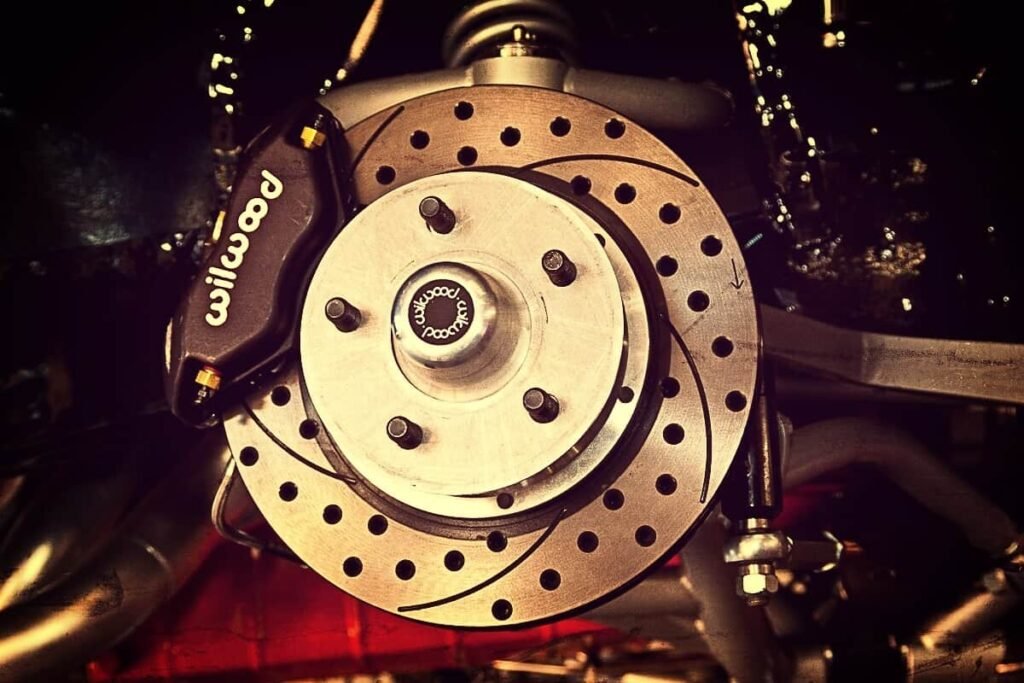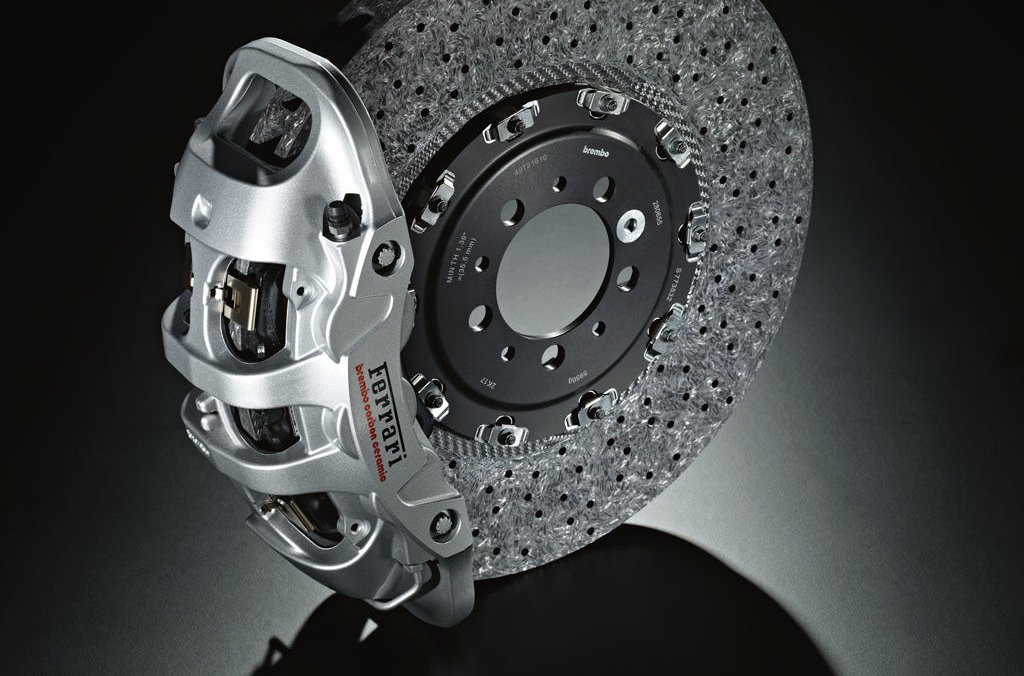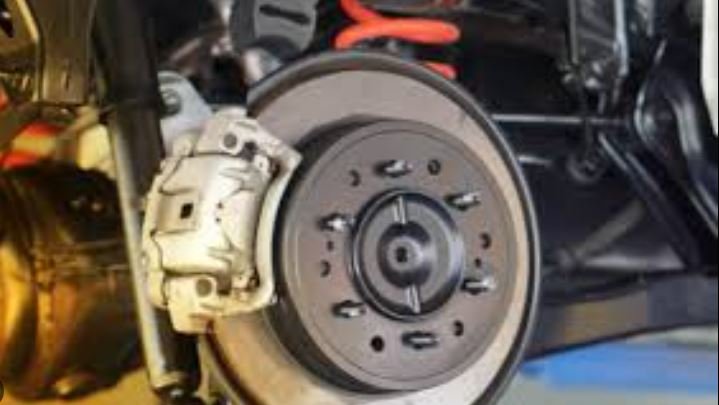Upgrading your brakes is a crucial step in improving your vehicle’s performance and safety. Whether you’re seeking better-stopping power, reduced brake fade, or enhanced durability, understanding how to upgrade your brakes effectively can make a significant difference. In this guide, we’ll walk you through the essential steps and considerations to help you upgrade your brakes and achieve a safer, more responsive driving experience.
Why Upgrade Your Brakes?
Firstly, it’s essential to understand why you might want to upgrade your brakes. Upgrading your brakes can significantly improve stopping power, reduce brake fade under heavy use, and enhance overall vehicle control. This is especially important if you drive in challenging conditions, tow heavy loads, or simply want a more responsive braking system. By upgrading your brakes, you ensure that your vehicle can handle these demands and provide a safer driving experience.

Steps to Upgrade Your Brakes
1. Assess Your Current Braking System
Before you proceed with any upgrades, start by assessing your current braking system. Evaluate your existing brake pads, rotors, calipers, and lines. Determine if they are performing well or if they are due for replacement. Identifying any existing issues will help you choose the right components for your upgrade and ensure that you address all necessary areas.
2. Choose the Right Brake Components
When you decide to upgrade your brakes, selecting the right components is crucial. Here are the key parts to consider:
- Brake Pads: Opt for high-performance brake pads that offer improved stopping power and reduced fade. Look for materials such as ceramic or carbon-metallic, which provide better performance and longer life.
- Brake Rotors: Upgrade to high-quality rotors that are designed for better heat dissipation and resistance to warping. Consider options like slotted or drilled rotors for enhanced performance.
- Brake Calipers: If you’re looking for more significant improvements, upgrading your brake calipers can offer better clamping force and improved braking efficiency. Choose calipers that are compatible with your new brake pads and rotors.
- Brake Lines: Stainless steel brake lines can provide better pedal feel and resistance to expansion under pressure, leading to improved braking performance.
3. Purchase Quality Parts
Once you’ve determined the components you need, purchase high-quality parts from reputable brands. Quality parts ensure better performance, reliability, and safety. Avoid cheap, generic parts that may compromise your braking system’s effectiveness. Research different brands, read reviews, and consult with automotive professionals to select the best parts for your vehicle.
4. Prepare Your Vehicle
Before installing your new brake components, prepare your vehicle. Make sure you have the necessary tools and equipment for the installation process. Lift your vehicle securely using a jack and jack stands, and remove the wheels to access the braking system. Ensure that you follow all safety protocols during this process.
5. Install the New Brake Components
With your vehicle prepared, follow these steps to install your new brake components:
- Remove Old Components: Start by removing the old brake pads, rotors, and any other components that you are replacing. Follow the manufacturer’s instructions for proper removal.
- Install New Parts: Install the new brake rotors, ensuring they are properly aligned and secured. Next, install the new brake pads and calipers. Ensure all bolts are tightened to the manufacturer’s specifications.
- Bleed the Brakes: After installation, it’s essential to bleed the brake system to remove any air bubbles from the brake lines. This process ensures that your brakes function correctly and provides a firm pedal feel.
6. Test and Adjust
After completing the installation, test your new brake system in a safe environment. Check for proper braking performance, listen for any unusual noises, and ensure that the pedal feel is firm. Make any necessary adjustments to ensure optimal performance.
Additional Tips for Brake Upgrades
1. Consult a Professional
If you’re unsure about any aspect of upgrading your brakes, consult with a professional mechanic. They can provide expert advice, ensure proper installation, and address any issues you might encounter.
2. Follow Maintenance Guidelines
Regular maintenance is key to keeping your upgraded brakes in top condition. Follow the manufacturer’s maintenance guidelines, including periodic inspections and replacements as needed.
3. Consider Driving Conditions
When choosing brake components, consider your typical driving conditions. If you drive frequently in mountainous areas or tow heavy loads, opt for high-performance components that can handle these demands.
Conclusion
In conclusion, upgrading your brakes involves several key steps, from assessing your current system to choosing the right components and installing them correctly. By following these guidelines, you can enhance your vehicle’s stopping power, safety, and overall performance. Invest in high-quality parts, perform the upgrade carefully, and enjoy a safer and more responsive driving experience.




